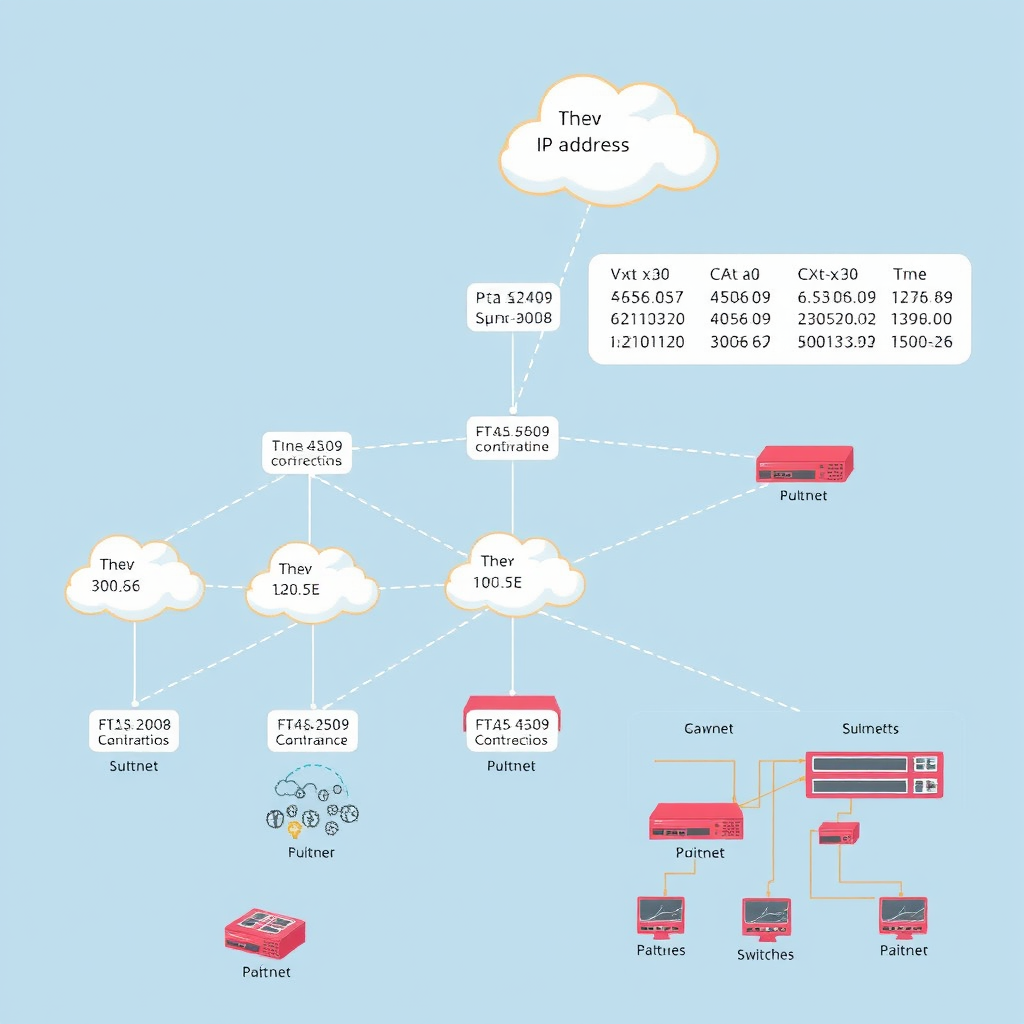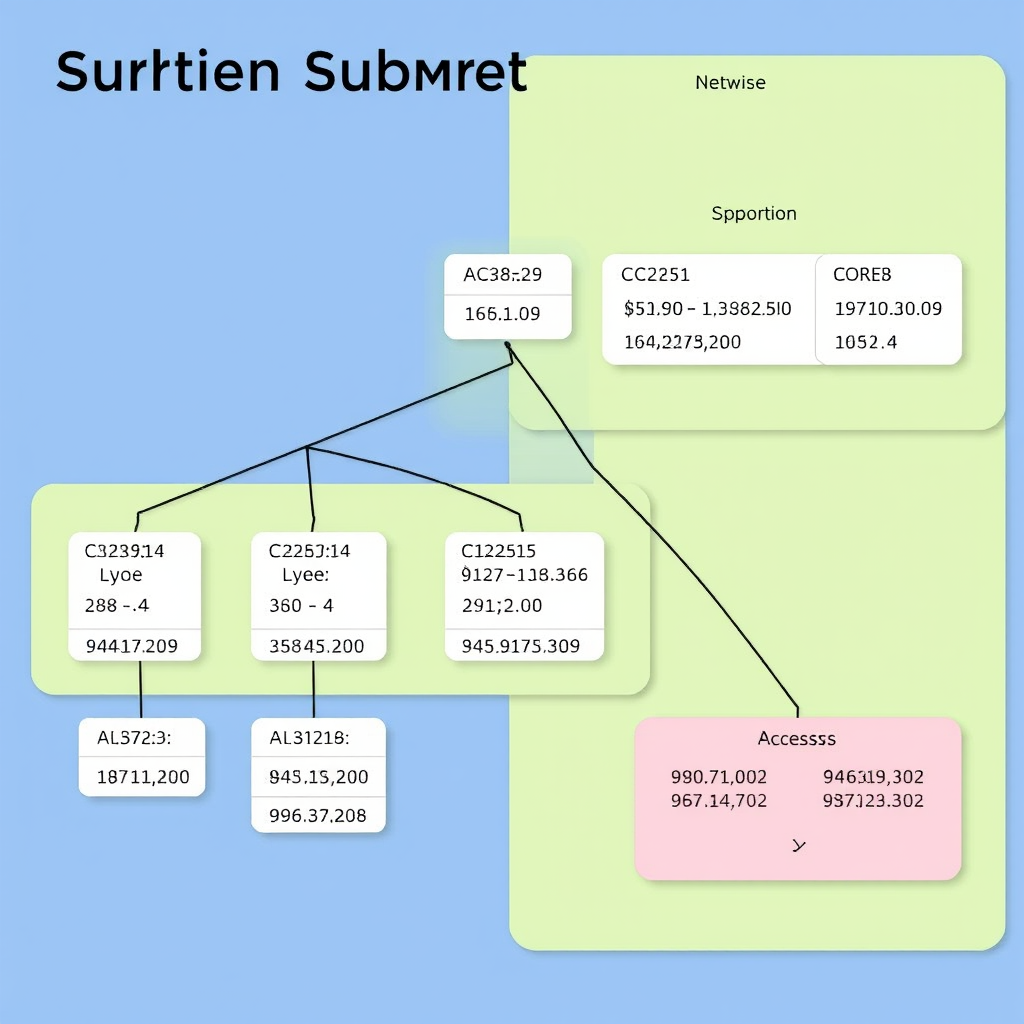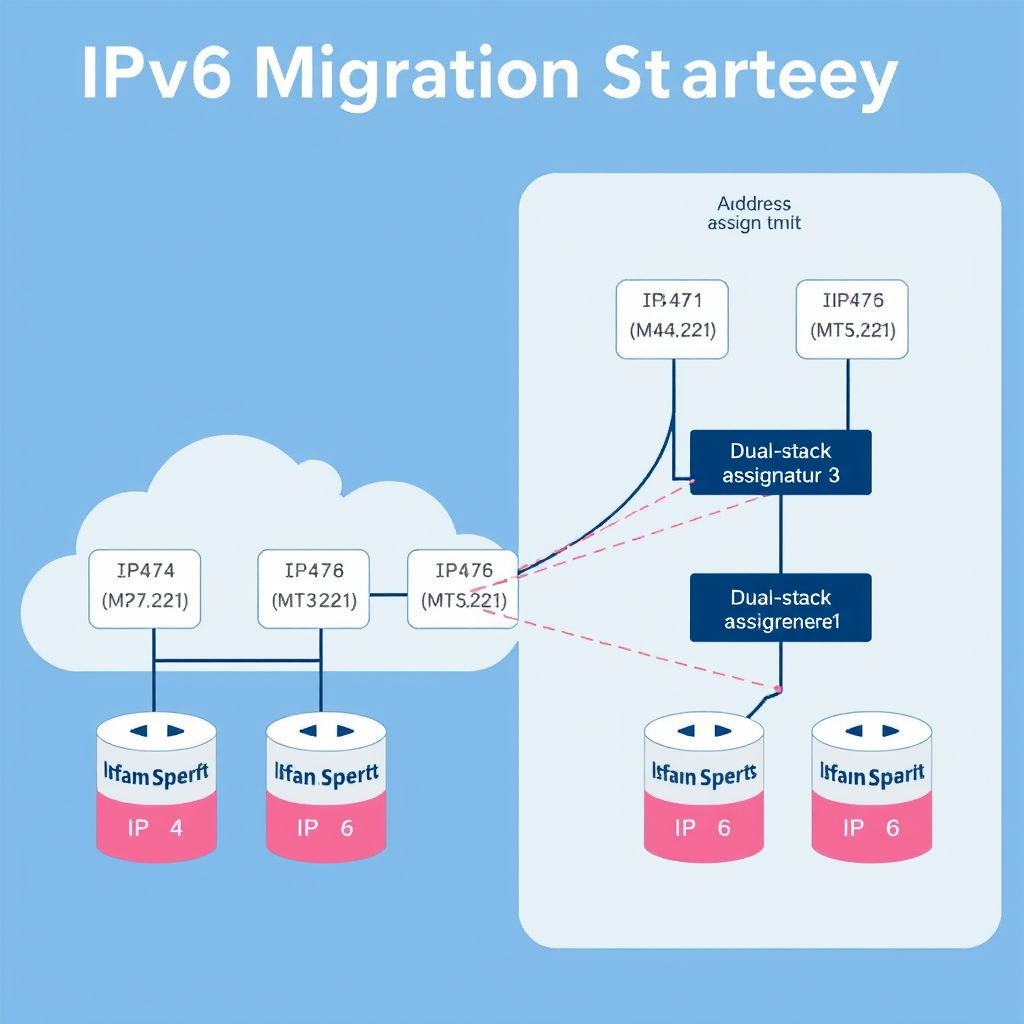Understanding IP Address Ranges and Subnet Management
Deep dive into IP address allocation, CIDR notation, and effective subnet management strategies. This technical guide helps network administrators optimize their network architecture and improve resource allocation across different network segments.
Introduction to IP Address Management
Effective IP address management is crucial for maintaining organized and scalable network infrastructure. Network administrators must understand how to properly allocate IP ranges, implement subnet strategies, and utilize advanced ip scan tools to monitor their network segments efficiently.

Modern networks require sophisticated planning to ensure optimal performance and security. Understanding CIDR notation, subnet masks, and address space allocation helps administrators create robust network architectures that can scale with organizational growth.
CIDR Notation and Subnet Calculations
Classless Inter-Domain Routing (CIDR) notation provides a flexible method for defining IP address ranges and subnet boundaries. This system allows network administrators to create custom subnet sizes based on specific requirements rather than being limited to traditional class-based addressing.
Common CIDR Notations
- /24 networks: Provide 254 usable host addresses (192.168.1.0/24)
- /25 networks: Split /24 networks into two subnets with 126 hosts each
- /26 networks: Create four subnets with 62 hosts per subnet
- /27 networks: Generate eight subnets with 30 hosts each
Understanding these calculations enables administrators to design networks that efficiently utilize available address space while maintaining proper segmentation for security and performance optimization.
Strategic Subnet Design Principles
Effective subnet design requires careful consideration of current needs and future growth projections. Network administrators should implement hierarchical addressing schemes that support logical network organization and simplified routing configurations.

Design Considerations
- Current device count and growth projections
- Security segmentation requirements
- VLAN integration strategies
- Routing protocol compatibility
Best Practices
- Reserve address blocks for future expansion
- Implement consistent naming conventions
- Document all subnet assignments
- Regular auditing with ip scan tools
Advanced IP Address Allocation Techniques
Modern network environments benefit from sophisticated IP allocation strategies that optimize address utilization while maintaining operational flexibility. Variable Length Subnet Masking (VLSM) allows administrators to create subnets of different sizes within the same network space.
VLSM implementation enables efficient address space utilization by allocating appropriately sized subnets for different network segments. Point-to-point links require only two addresses, while user networks may need hundreds of addresses.
VLSM Example Scenario
Starting with 192.168.100.0/24 network space:
- User subnet: 192.168.100.0/25 (126 hosts)
- Server subnet: 192.168.100.128/26 (62 hosts)
- Management subnet: 192.168.100.192/27 (30 hosts)
- Point-to-point links: 192.168.100.224/30 blocks (2 hosts each)
Network Monitoring and IP Management Tools
Effective subnet management requires continuous monitoring and analysis of IP address utilization. Professional ip scan tools provide administrators with real-time visibility into network usage patterns, helping identify potential issues before they impact operations.

Regular network scanning helps maintain accurate IP address inventories and identifies unauthorized devices or configuration conflicts. Automated scanning solutions can detect changes in network topology and alert administrators to potential security concerns.
Key Monitoring Metrics
- IP address utilization rates
- Subnet capacity planning
- Device discovery and tracking
- Network performance metrics
- Security compliance status
- Configuration change detection
Security Considerations in Subnet Management
Network segmentation through proper subnet design enhances security by creating logical boundaries between different types of network traffic. Administrators can implement access control policies that restrict communication between subnets based on business requirements and security policies.
Micro-segmentation strategies further enhance security by creating smaller, more granular network segments. This approach limits the potential impact of security breaches and provides better control over network traffic flows.
Security Best Practices
- Implement network access control lists
- Regular security audits and scanning
- Monitor inter-subnet communication
- Deploy intrusion detection systems
- Maintain updated network documentation
- Use encrypted management protocols
Future-Proofing Network Architecture
Successful network design anticipates future growth and technology changes. IPv6 adoption continues to accelerate, requiring administrators to plan dual-stack implementations that support both IPv4 and IPv6 addressing schemes simultaneously.

Cloud integration and hybrid network architectures require flexible IP management strategies that can accommodate dynamic resource allocation and automated provisioning. Modern ip scan tools must support these evolving network topologies while maintaining comprehensive visibility and control.
Planning for Growth
Effective capacity planning involves analyzing historical growth patterns, understanding business expansion plans, and implementing scalable addressing schemes that can accommodate future requirements without requiring major network redesigns.
Conclusion
Mastering IP address ranges and subnet management requires a combination of technical knowledge, strategic planning, and the right tools. Network administrators who implement proper subnet design principles, utilize effective monitoring solutions, and maintain comprehensive documentation create robust network infrastructures that support organizational objectives.
Regular assessment of network performance, security posture, and capacity utilization ensures that IP management strategies remain aligned with business needs. Investing in quality ip scan tools and maintaining current knowledge of networking best practices enables administrators to build and maintain networks that deliver reliable, secure, and scalable connectivity.